Where is that Active Ingredient?
Not in the Rosemary Oil
Don’t let websites bearing “authoritative” brands lead you astray regarding natural remedies. You have to engage 100% of your common sense when reading their suggestions and recommendations, because so many of them are just plain wrong, including this illustrative example bearing the name of the Cleveland Clinic.
Physicians are not medicinal chemists, nor are they pharmacists or pharmacognosists. Only a minority of them know enough about natural products to properly cook a meal, because the majority “grub hub” or carry out their meals so much, on account of their busy schedules. The physician’s current, main function is to know enough physiology and anatomy to diagnose and treat illnesses, and that body of information is vast enough to keep them busy. This is not a disparagement. The amount of medical information is far too voluminous for any one person, so the smartest physicians outsource their chemistry and consult a lot. When the FDA or any public health agency admonishes you to take your natural product questions to your physician, they’re demonstrating the bureaucratic disconnect from reality. The usual allopathic doctor doesn’t know a lot about these things, and suffers severe time constraints for each patient visit. (I won’t go into what employers and insurance companies are doing to them. To put it simply, most health care providers are abused.)
In addition, when health care professionals are interviewed they can be misquoted or selectively quoted to the point of inaccuracy, and this might very well have happened to the dermatologist who was featured in this article. So don’t kill her reputation in Healthgrades. :-D
You don’t have to be a medicinal chemist to critically read about a natural remedy and evaluate if it has a chance of helping you. If you’re pretty good at cutting, pasting, and searching, you can significantly reduce the chance of being hosed by a natural remedy $cam or error.
Dedicated weedom readers have been seeing a lot of chemical names for the myriad active molecules within plants. All of these can be easily searched, so you can see their structures and their molecular weight, and you can read things about their appearance and physical behaviors and activities. Knowing just a few generalities can help you to ferret out false claims and gross errors.
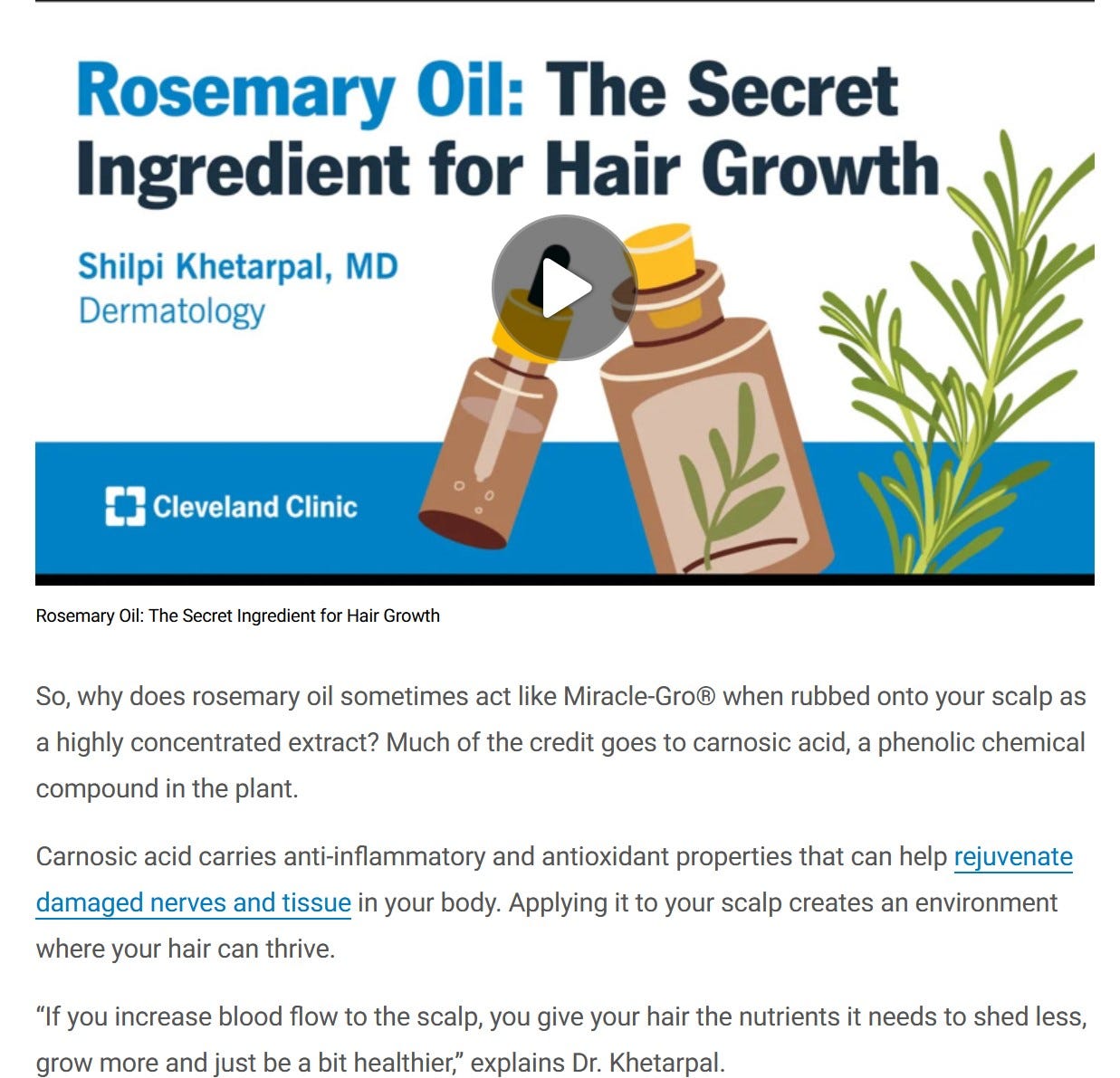
In this illustration, you’ll see that people are being told that essential oil of rosemary could be used a hair growth promoter, although it doesn’t actually contain the main beneficial ingredients that are known to enhance hair growth by stimulating or prolonging the growth cycle phase of hair.
While this article specified carnosic acid as the ingredient which enhances hair rejuvenation and growth, it repeatedly suggested use of rosemary oil, which does not contain this ingredient. The article references
a mouse study using carnosic acid extracted from rosemary leaves on testosterone induced hair loss
a study of a mixture of 4 essential oils containing rosemary oil for alopecia areata, (a very specific pattern of hair loss which said to be due to an auto immune disorder)
a study in humans comparing rosemary oil and 2% topical minoxidil for androgenic baldness
All of these studies purported some positive results with the last one taking 6 months to achieve significant hair follicle increase and hair growth. The second study contains a mixture of essential oils so that it can’t be said to apply to a recommendation to use rosemary oil alone. The mouse study used a solvent extract from rosemary leaves rather than rosemary oil.
Essential oils are comprised of small molecules. There are very few with more than 15 carbon atoms in the structure. This is because the process of obtaining the oils is usually steam distillation, which only allows molecules with lower boiling points, below 200 C, and higher volatility to be collected. These are the ones which most significantly vaporize into the air, giving off strong aromas. Various components of essential oils are often altered or destroyed by high temperatures, so that the lowest possible temperatures are used to extract them from the plants. Along with some other small molecules, a variety of terpenes and terpenoids are found in essential oil. Monoterpenes have 10 carbon atoms, and sesquiterpenes have 15 carbon atoms. Diterpenes, such as carnosic acid, have 20 carbon atoms, are less volatile, and therefore not found in essential oils, which are usually obtained by distillation methods that make use of the volatility of smaller molecules. Variable quantities of antimicrobial substances, 1,8-cineole and α-pinene, can be found in the essential oil of rosemary, and could possibly address hair loss related to infectious processes, inflammatory processes or by vascular mechanisms.
5-alpha-reductase is the enzyme that converts testosterone to the more potent 5-alpha dihydrotestosterone, which is quite necessary for male development and maintenance, but it also encourages ‘male pattern’ baldness. Finasteride (Propecia) is an oral pharmaceutical whch inhibits 5-alpha reductase, and therefore cuts the production of 5-alpha dihydrotestosteone. Finasteride has been used to address male pattern baldness. A higher dose of this same compound (Proscar) is used for benign prostatic hypertrophy. It turns out that some natural products have this same activity: 12-methoxycarnosic acid, carnosic acid, both present in rosemary, and procyanidin B2, which is most notably found in apples. Carnosic acid is present in quite significant quantities in rosemary and has been extracted on an industrial scale, and exploited in food preservation. It’s very well studied for additional activities ranging from antimicrobial, anti-inflammatory, anti-cancer, and so forth. It’s surprising that the Cleveland clinic article on rosemary oil was so misleading about how to obtain the benefits of carnosic acid for hair growth.
It’s easy to check up on these articles for consistency and general accuracy. If you cut and paste carnosic acid into a Brave browser search field, which has the better Brave search engine- you won’t get buried in ads. Duck Duck Go and Quant are also good for dodging the ads. Pretty quick you’ll come up with this Chemical Book link which is only one of the places you can find the structure and physical properties of this molecule.
Look at that molecular formula with its 20 carbons and 4 oxygens, and the molecular weight of 332.43. Pretty hefty, and too big and polar to boil off in a conventional steam distillation. The melting point is 190 degrees centigrade, and boiling point would require a blast furnace that would degrade the molecule for sure. So you know this carnosic acid has to be solvent extracted, and it won’t be in the essential oil. Same goes for all those flavonoids and tannins and saponins that you hear about all the time.
The Cleveland Clinic article also suggested that the activity of carnosic acid might increase the blood flow to the scalp. That’s pretty much the mechanism of minoxidil, the active ingredient of Rogaine, which opens potassium channels of smooth muscle, thereby dilating blood vessels. Minoxidil also seems to promote the growth of vascular endothelium, which could further enhance circulation to hair follicles. (There are some studies suggesting that carnosic acid could act as an angiotensin receptor blocker, and mitigate hypertension.)
Other components of rosemary, such as 1,8-cineole might contribute to vasodilation by action on smooth muscle. This could explain the results of the third study listed by the Cleveland clinic article, wherein some hair growth occurred after 6 months of use. There are several chemotypes of Rosemary officinalis, the essential oils of which vary in 1,8-cineole content from 0 to 1 % (verbenone chemotype) to almost 40 % (cineole chemotype). Therefore some types of rosemary oil could produce zero effect after 6 months of faithful use, which would be very frustrating.
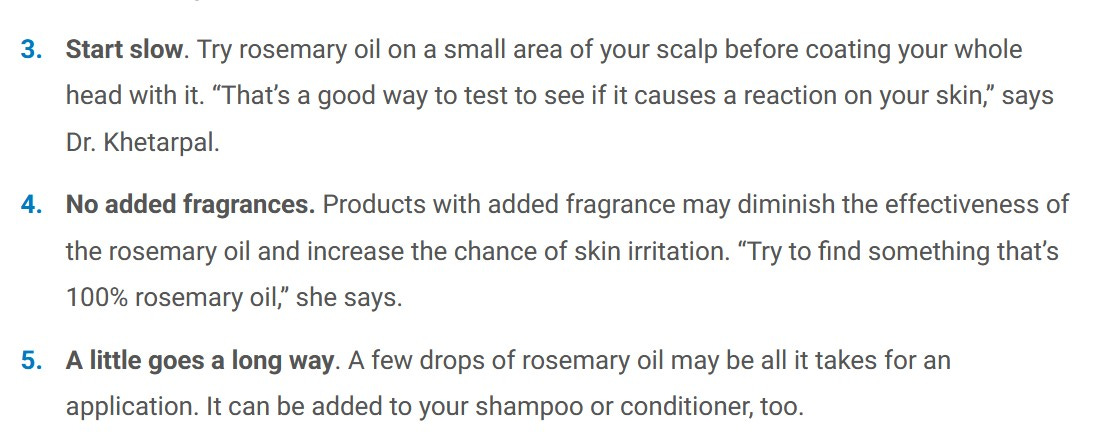
Most of the essential oils need to be diluted for application on skin, particularly in a leave-on product. But the Cleveland Clinic article suggests using the straight 100% rosemary oil. Instead, we offer some dilution suggestions from Tisserand and Young, Essential Oil Safety to help keep you out of trouble, overdose, or skin irritation. Their suggested Rosemary oil dermal limits are:
16.5 % for the Camphor chemotype,
22 % for Pinene Chemotype and
6.5 % for Verbenone Chemotype.
If you don’t know the chemotype of your oil, go with the most dilute suggestion which can be approximated by 1 part rosemary essential oil to 19 parts carrier oil.
(Topical Rosemary oil is not for pregnant ladies, and besides, they often grow hair like mad.)
If you want to obtain the carnosic acid from rosemary, ethanol can be used to extract it from the leaves. This compound accounts for usually 1.5 to 3.5 percent (could be higher) of the dry weight of rosemary leaves, depending on the cultivar, the season, and the temperature of the extraction process. With it will come plenty of other good things such as carnasol and the wonderful and neuroprotective rosmarinic acid.
Hopefully this post helps the faithful readers of weedom to dodge some of the pitfalls that come with obtaining herbal information from the internet. For fun and amusement, check Amazon for the zillions of rosemary hair growth oil mixtures that are selling for big bucks. People make bank by diluting and selling rosemary oil. Imagine potentiating the hair remedies with the actual carnosic acid extract. :-D
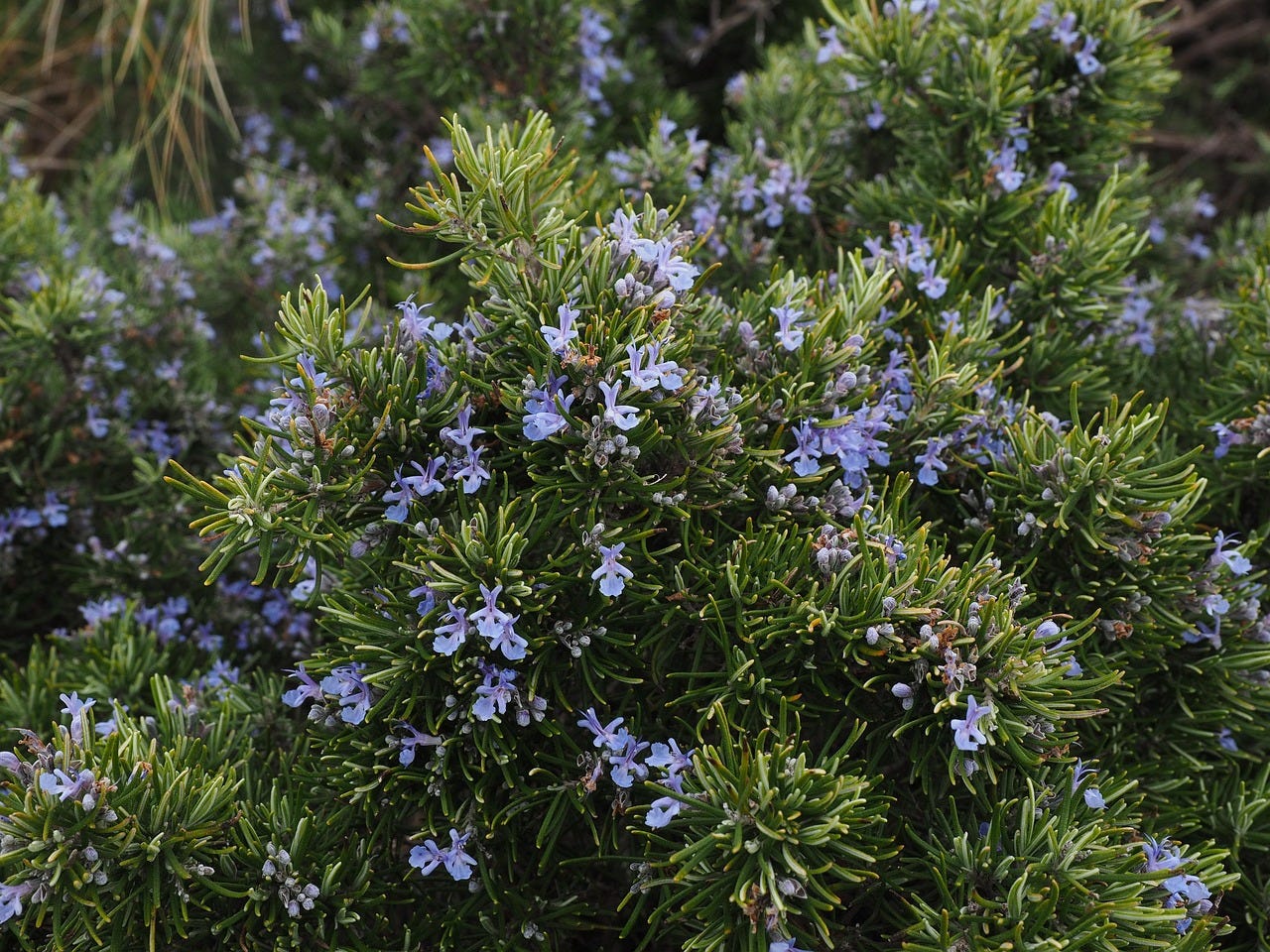
Thanks to those who are doing the paid subscription, even though you don’t have to do that to get all the goodies. You’re keeping us all caffeinated and happy. Thanks also to those who are sharing weedom, and spreading the good word. Everybody needs good weeds!
Have you seen any bogus herb articles, including what’s written by AI?? Share the fun!
Where We Dig
1. Zhang J, Chen T, Li K, et al. Screening active ingredients of rosemary based on spectrum-effect relationships between UPLC fingerprint and vasorelaxant activity using three chemometrics. J Chromatogr B Analyt Technol Biomed Life Sci. 2019;1134-1135:121854. doi:10.1016/j.jchromb.2019.121854
2. Borrás-Linares I, Stojanović Z, Quirantes-Piné R, et al. Rosmarinus officinalis leaves as a natural source of bioactive compounds. Int J Mol Sci. 2014;15(11):20585-20606. doi:10.3390/ijms151120585
3. Andrade JM, Faustino C, Garcia C, Ladeiras D, Reis CP, Rijo P. Rosmarinus officinalis L.: an update review of its phytochemistry and biological activity. Future Sci OA. 2018;4(4):FSO283. doi:10.4155/fsoa-2017-0124
4. Panahi Y, Taghizadeh M, Marzony ET, Sahebkar A. Rosemary oil vs minoxidil 2% for the treatment of androgenetic alopecia: a randomized comparative trial. Skinmed. 2015;13(1):15-21.
5. Hay IC, Jamieson M, Ormerod AD. Randomized trial of aromatherapy. Successful treatment for alopecia areata. Arch Dermatol. 1998;134(11):1349-1352. doi:10.1001/archderm.134.11.1349
6. Bassino E, Gasparri F, Munaron L. Protective Role of Nutritional Plants Containing Flavonoids in Hair Follicle Disruption: A Review. Int J Mol Sci. 2020;21(2):523. doi:10.3390/ijms21020523
7. Murata K, Noguchi K, Kondo M, et al. Promotion of Hair Growth by Rosmarinus officinalis Leaf Extract. Phytotherapy Research. 2013;27(2):212-217. doi:10.1002/ptr.4712
8. Mena P, Cirlini M, Tassotti M, Herrlinger KA, Dall’Asta C, Del Rio D. Phytochemical Profiling of Flavonoids, Phenolic Acids, Terpenoids, and Volatile Fraction of a Rosemary (Rosmarinus officinalis L.) Extract. Molecules. 2016;21(11):1576. doi:10.3390/molecules21111576
9. (PDF) Randomized Trial of Aromatherapy: Successful Treatment for Alopecia Areata. Accessed February 5, 2025. https://www.researchgate.net/publication/13457625_Randomized_Trial_of_Aromatherapy_Successful_Treatment_for_Alopecia_Areata
10. Harries MJ, Sun J, Paus R, King LE. Management of alopecia areata. BMJ. 2010;341(jul23 1):c3671-c3671. doi:10.1136/bmj.c3671
11. Benedetto N, Mangieri C, De Biasio F, Carvalho RF, Milella L, Russo D. Malus pumila Mill. cv Annurca apple extract might be therapeutically useful against oxidative stress and patterned hair loss. FEBS Open Bio. 2024;14(6):955-967. doi:10.1002/2211-5463.13805
12. Growth Market: How Rosemary Oil Can Help Your Hair. Cleveland Clinic. Accessed February 4, 2025. https://health.clevelandclinic.org/rosemary-oil-for-hair
13. Sharma Y, Velamuri R, Fagan J, Schaefer J. Full-Spectrum Analysis of Bioactive Compounds in Rosemary (Rosmarinus officinalis L.) as Influenced by Different Extraction Methods. Molecules. 2020;25(20):4599. doi:10.3390/molecules25204599
14. Everything to Know About Rosemary Oil For Hair Growth. Verywell Health. Accessed January 28, 2025. https://www.verywellhealth.com/rosemary-oil-hair-growth-8606108
15. Tisserand R, Young R. Essential Oil Safety: A Guide for Health Care Professionals. Second edition. Elsevier Ltd; 2013.
16. Yoshida H, Mimura J, Imaizumi T, et al. Edaravone and carnosic acid synergistically enhance the expression of nerve growth factor in human astrocytes under hypoxia/reoxygenation. Neuroscience Research. 2011;69(4):291-298. doi:10.1016/j.neures.2010.12.016
17. Chen J, Zeng JC, Feng Y, et al. Carnosic acid, a novel food-source AT1R antagonist and its anti-hypertension mechanism. International Journal of Biological Macromolecules. 2024;278:135012. doi:10.1016/j.ijbiomac.2024.135012
18. Carnosic acid | 3650-09-7. ChemicalBook. Accessed January 28, 2025. https://www.chemicalbook.com/ChemicalProductProperty_EN_CB4367749.htm
19. PubChem. Carnosic acid. Accessed January 28, 2025. https://pubchem.ncbi.nlm.nih.gov/compound/65126
20. Lahlou S, Figueiredo AF, Magalhães PJC, Leal-Cardoso JH. Cardiovascular effects of 1,8-cineole, a terpenoid oxide present in many plant essential oils, in normotensive rats. Can J Physiol Pharmacol. 2002;80(12):1125-1131. doi:10.1139/y02-142



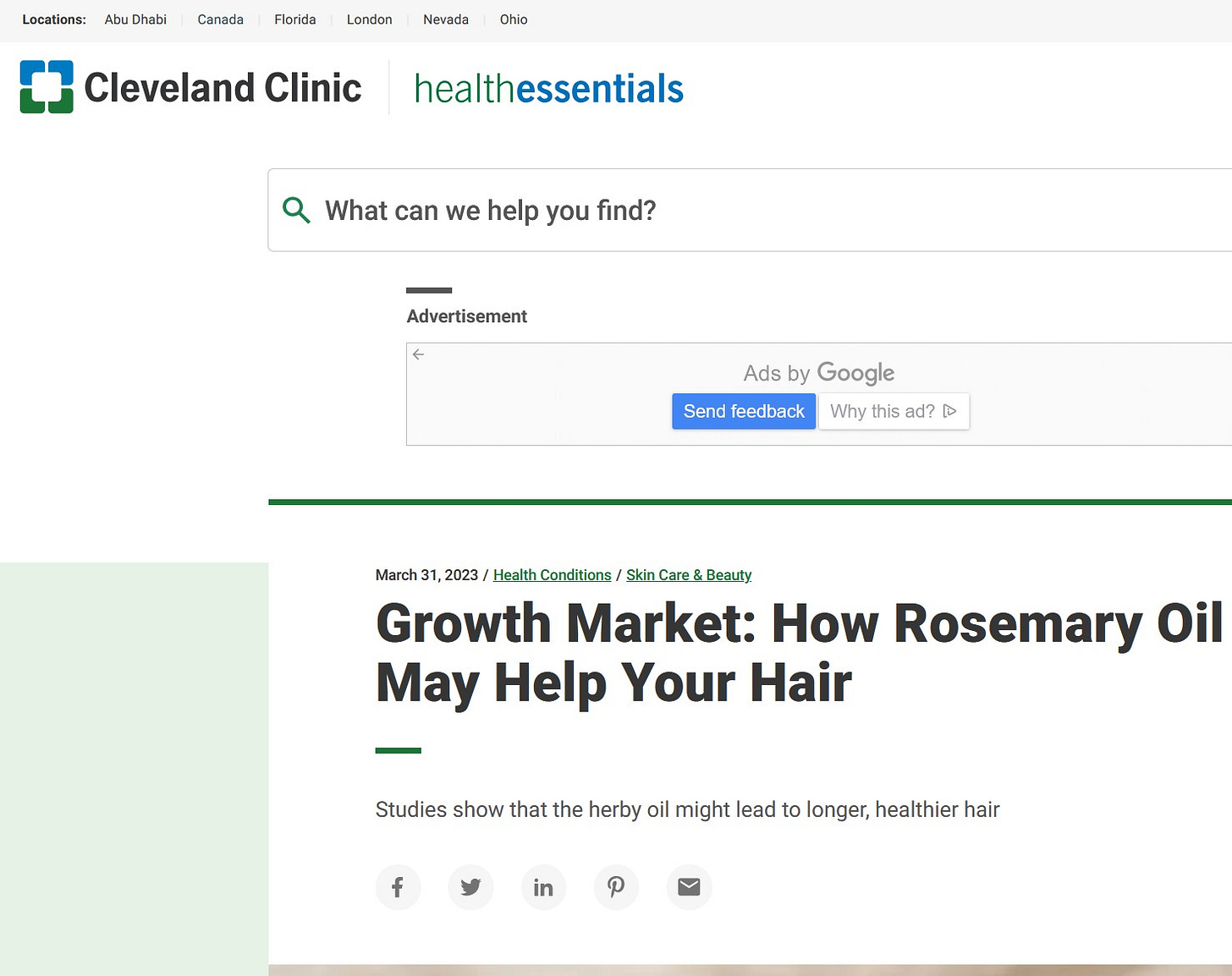
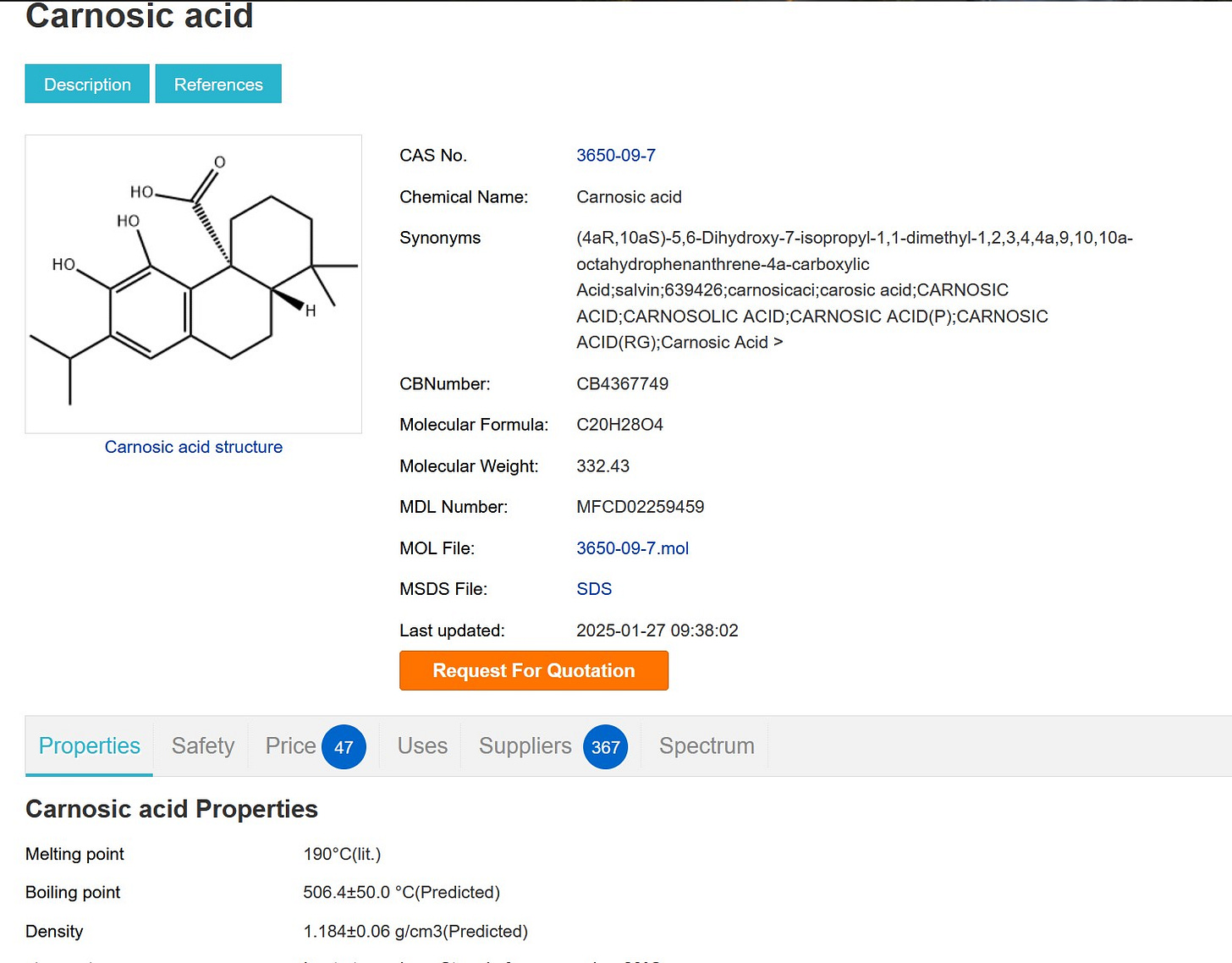
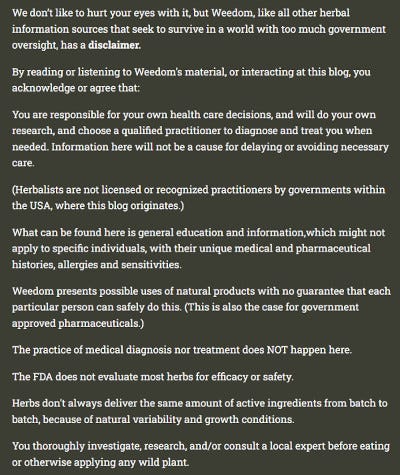
Some doctors feel that supplements are cutting into their business.
In the early 1990's a bill was introduced to require a prescription for supplements. It failed. I am sure some of the motivation was not nefarious however...
I had a doctor tell me in an angry tone that "supplements" do not work. This was also the same doctor who treated my getting sick (throwing up and the other) as I am so neurotic that I get "tension" flu every few days. Finally went to a gastroenterologist. He asked one question "Is the food not digested?" My left vagus nerve was damaged during cancer treatment; therefore, not emptying my stomach. I went four years with this condition.
In high school one of my best friend's mother was a M.D. anesthesiologist. This was the 70's. We were talking about acupuncture, she said doctors from China came to demonstrate doing an operation with only acupuncture. They were amazed, the AMA went to work to ban acupuncture.
Sorry for the rant.😁